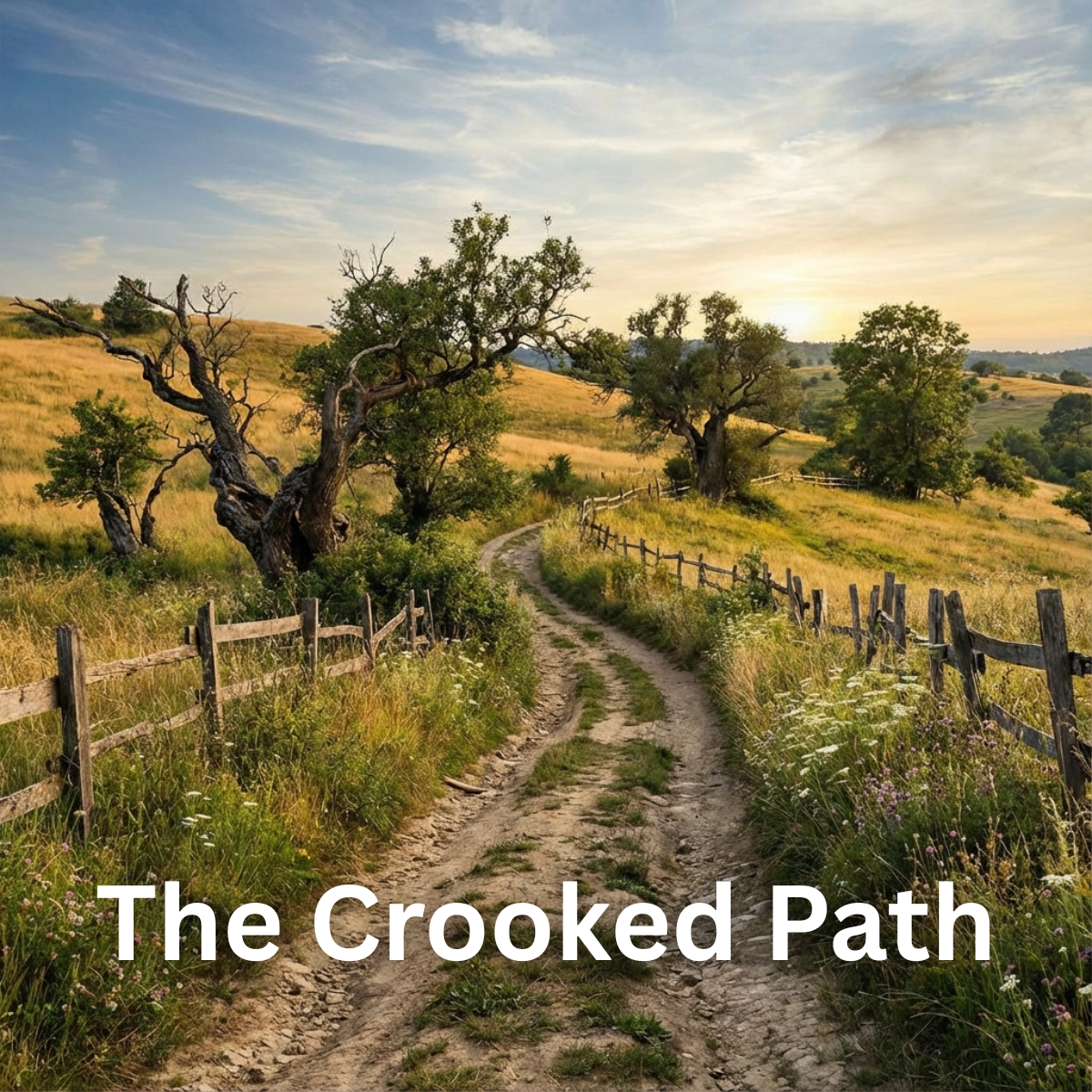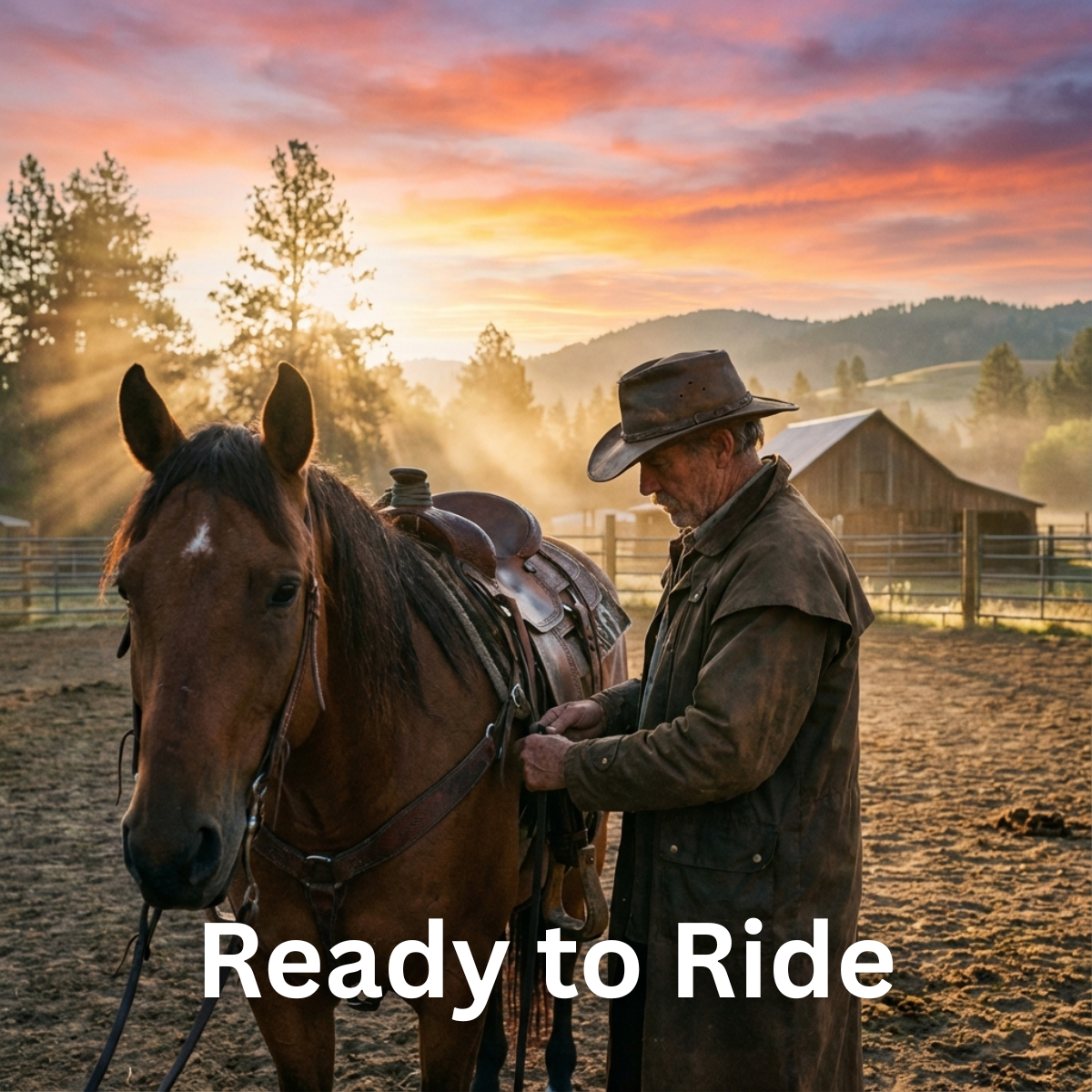I am out in Palm Desert with my family. Hanging out a resort, trying to catch the last few days of warm days before winter fully sets in. I was walking around this very crowded pool area when I heard a muffled cry for help. At first I just blew it off as yet another pool side child messing around, but the cry for help became a little more panicked. I looked around and noticed this little foot protruding up out of a cropping of desert plants. I walked over and looked over the brush and lying there carefully balanced on a barrel cactus was a small child in his bathing suit holding really still and pleading for someone to save him. He had his arm floaters on, and one of them had been deflated, obviously impaled by one of the 4 inch fish hook looking spines protruding out of the cactus. I would have laughed, except this little guy had such a look of panic in his eyes that I had to act quickly. I carefully lifted him off the cactus and set him up right. He quickly made a bee line for the safety of his mothers arms, who was clearly absorbed by her book, her poolside cocktail, and her moment of respite.
If you are not familiar with the barrel cactus, it is native to the Southwest United States and is shaped like a barrel with several vertical ribs running along it. It almost looks like a giant green pineapple with raised ridges running down the sides. During some months it will have a crown of beautiful flowers on the top, but the most notable features are the giant spines covering the entire plant. This is NOT the plant that you would want to run up to and give a giant bear hug to. The barrel cactus is rather famous. It is depicted frequently in movies, art work and stereotypical scenes of the mojave desert. It stores water for a long period of time. You could actually cut into it in drink the water in a pinch, but the acid in the juice might do more harm then good. If you have a weak stomach, you may experience diarrhea symptoms that will cause more water to leave your system then the amount of water you could in take with 10 barrel cacti. As a wannabe survivalist growing up, I tried this – so this is experience talking here. The flesh of the cactus is edible, dried out it makes a tasty candy and you can find it sold in stores that sell traditional southwest type treats.
What I like about the plant is that it leans away from the sun naturally. The reason is that it naturally tries to protect itself from too much sun by leaning away, and this causes it to always have a slight lean to it. This trait also causes the plant to sometimes become unstable. A flash flood or strong wind could blow it over and it would become detached from its root system. However, this plant came up with a way to solve for that too. It can survive with detached roots for over 6 years on its water supply and can eventually roll around and find a new home and get reestablished. Survivor is the word that best describes this species of plant.
When I was a child, I would invent games. Mostly played by myself, but occasionally the loaner nerd that I was would make a friend or two. I remember creating a game in which I would challenge another too see how many barrel cactus we could discover in a given area. We would mark them in someway to prove that we had been the one that discovered it. Overtime, I started realizing the growth pattern of this cactus plant. It spread much how it grows. In a spiral type pattern resembling the way the ribs extend on the top of the barrel. Since these plants live to be well over a 100 years, they participate in many landscape altering events, so the pattern is not perfect but it is still quite amazing.
Not sure why I bring all this up. Perhaps it was running in the desert yesterday, passing by the beautiful flowers and exotic looking plants. There is beauty in struggle. There is something incredible to behold as life clings to survival and manages to thrive despite it all. This is inspiration, this is our nature. So next time you are in a desert landscape, go search of a barrel cactus and see if you can find one. Take a minute to examine the plant in detail, I think you will find a subtle, yet amazing inspiration from our fellow co-conspirators on this planet.
Guy Reams



